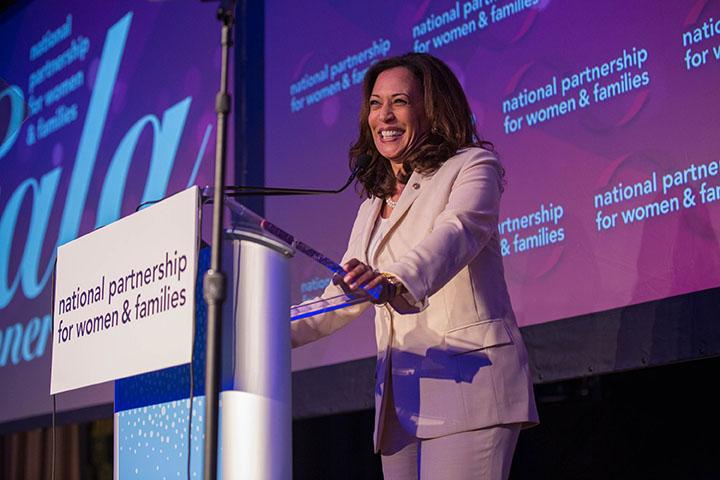Statement of Jocelyn Frye, President of the National Partnership for Women & Families WASHINGTON, D.C. – June 28, 2024 – Today, the Supreme Court upended sound, longstanding, legal precedent that has provided protections for everyday people for decades...
Intimate partner violence and sexual assault prevent women from achieving full and equal participation in the economy.
Gender-based violence — whether it occurs at or outside of the workplace — affects how survivors show up and participate at work. Women need a strong economic safety net to disrupt cycles of violence because economic barriers and instability limit survivors from being able to access resources, support and safety. Survivor-friendly workplace policies, including paid safe days, are critical to ensuring survivors can achieve economic independence and self-sufficiency. That’s why survivors need Congress to guarantee emergency supports during the pandemic and pass the Healthy Families Act for permanent protections.
Sources:
Centers for Disease Control and Prevention (2015), National Intimate Partner and Sexual Violence Survey: 2015 Data Brief – Updated Release.
Rothman, E. F., Hathaway, J., Stidsen, A., & de Vries, H. F. (2007), How employment helps female victims of intimate partner violence: A qualitative study, Journal of Occupational Health Psychology, 12(2).
McLaughlin, H., Uggen, C., & Blackstone, A. (2017), The Economic and Career Effects of Sexual Harassment on Working Women, Gender & Society (31):3.
Frye, J. (2017), Not Just the Rich and Famous: The Pervasiveness of Sexual Harassment Across Industries Affects All Workers.
Centers for Disease Control and Prevention (2003), Costs of Intimate Partner Violence Against Women in the United States; cost estimated at $727.8 million in 2003, adjusted for inflation.
National Partnership for Women & Families analysis of state laws as of August 2020.

